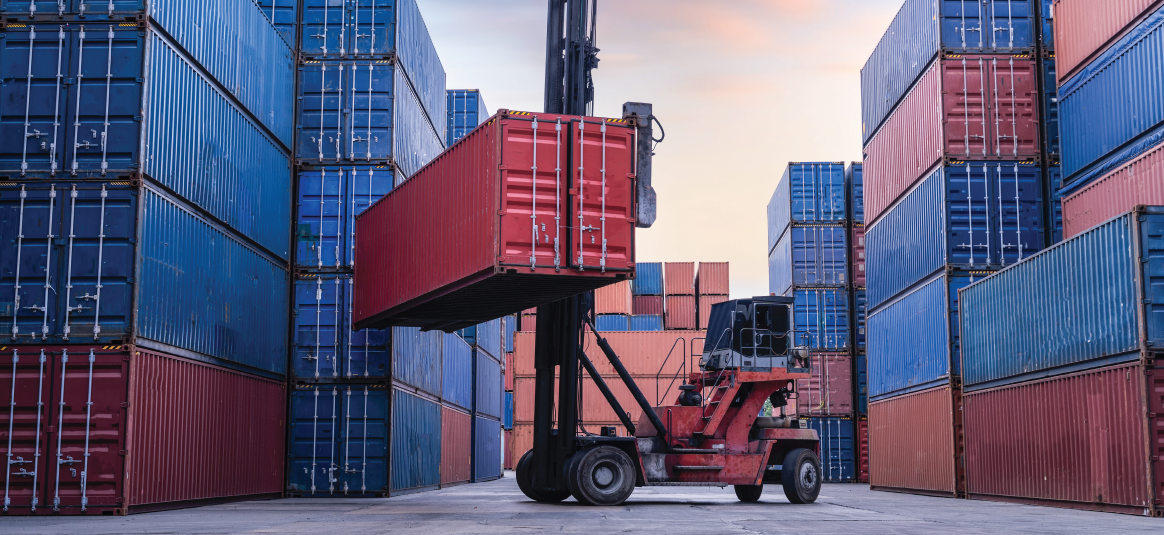Besides the UK, the current members of the CPTPP are:
Australia – population 26M. Main imports from the UK are cars, pharmaceuticals, consumer goods, and business and financial services.
Brunei – population 456,000. Current main imports from the UK are electrical and electronic equipment, vehicles and pharmaceuticals.
Canada – population 37M. Imports from the UK include industrial machinery, cars, aircraft, mineral fuels and consumer goods.
Chile – population 19.6M. Current main imports from the UK include alcoholic drinks, pharmaceuticals, cars, and business and financial services.
Japan – population 125M. Main imports from the UK are cars, automotive parts, machinery, chemicals, pharmaceuticals, food and drink, and business and financial services.
Malaysia – population 31.5M. Cars, precious metal compounds, gas turbines, electrical goods, machinery, and food and drink are the current main imports from the UK.
Mexico – population 132M. Main imports from the UK are cars and commercial vehicles.
New Zealand – population 5.3M. Current main imports from the UK include cars, machinery and pharmaceuticals.
Peru – population 34M. Imports from the UK include food and alcoholic drinks, machinery, pharmaceuticals, and electrical and electronic equipment.
Singapore – population 5.6M. The main imports from the UK are power generators and industrial machinery, mechanical appliances, and alcoholic drinks.
Vietnam – population 97.5M. Imports from the UK are pharmaceuticals, machinery and industrial equipment.
Together, the CPTPP countries represent approximately 15% of global Gross Domestic Product (GDP), according to the World Economic Forum, and a combined market of roughly 500 million people.


